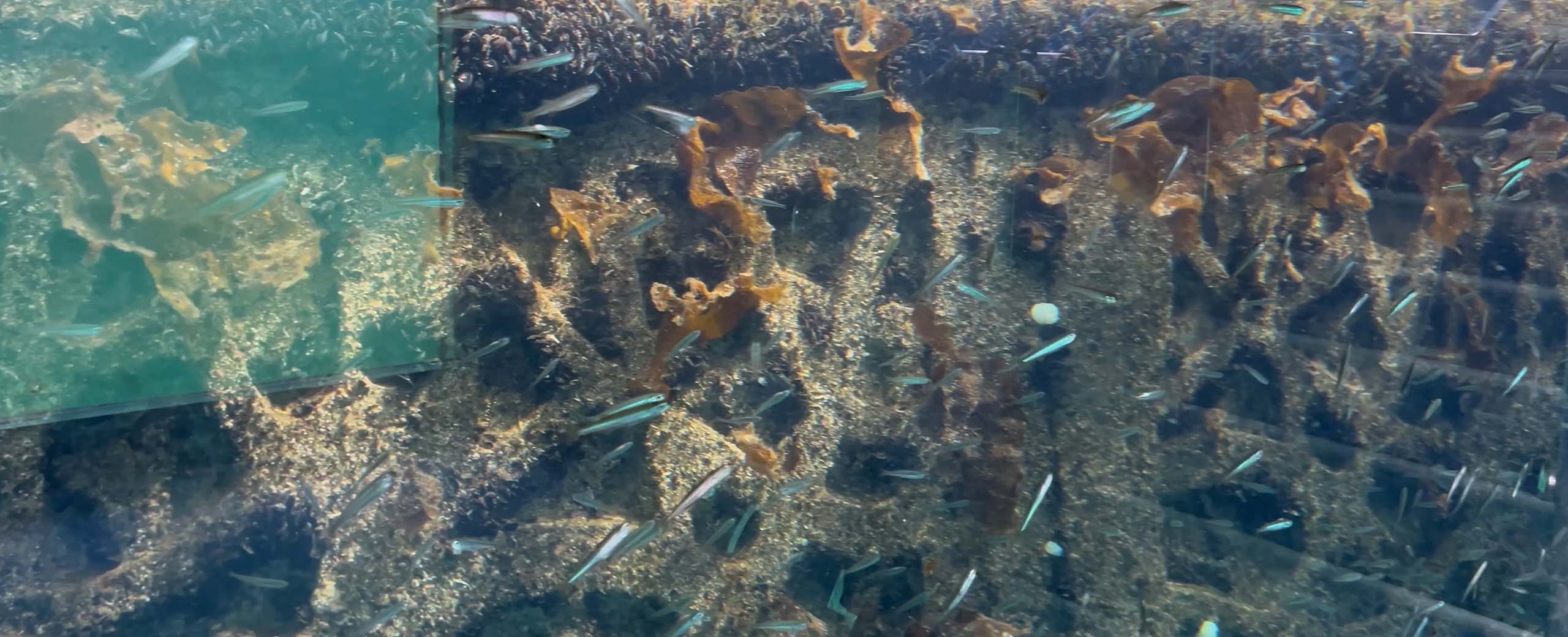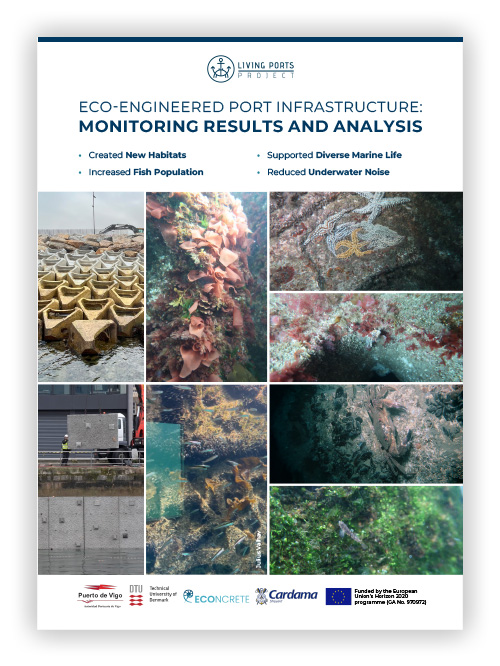Traditional marine infrastructure often leads to habitat loss and biodiversity decline. The Living Ports Project, implemented at the Port of Vigo, provides a scalable, scientifically monitored alternative—integrating eco-engineered concrete technology to enhance biodiversity while maintaining structural resilience.
The project deployed ECOncrete seawall panels and Coastalock units at two sites, designed to support diverse marine life. Monitoring by the Technical University of Denmark (DTU) confirms significant ecological uplift compared to control sites, including:
-
Higher species richness compared to standard concrete structures.
-
Formation of new intertidal and subtidal habitats, supporting sessile organisms and fish species.
-
Structural durability benefits, as biological growth contributes to long-term stability.
The findings validate the role of nature-inclusive design in modern port infrastructure, aligning with EU biodiversity and sustainability goals.
📥 Access the full report for in-depth ecological performance data and monitoring results.
Download the Report:
Eco-Engineered Port Infrastructure: Monitoring Results and Analysis
Further information:
Official Living Ports Vigo website
Living Ports wins IAPH Sustainability Award
Case Study: Blue Port Infrastructure – Port of Vigo Living Ports Project
The Living Ports Project (ECOncrete website)
This 3-year project at the Port of Vigo (Spain) was led by ECOncrete, funded by the European Commission under the Fast Track to Innovation program of Horizon 2020, and implemented by the interdisciplinary consortium of Port of Vigo, the Technical University of Denmark (DTU) with the National Institute for Aquatic Resources (DTU Aqua), CARDAMA Shipyards and ECOncrete.

